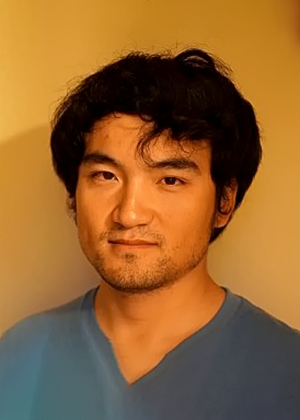USTC Astronomy Colloquium Series: 2023 Spring
Demystifying the AGN IR emission and the search of obscured SMBHs in the JWST era
吕建伟 博士
亚利桑那大学Steward天文台
2023/03/07, 3:00pm , the 19th-floor Observatory Hall

报告人:
Jianwei Lyu is a postdoctoral researcher at the Steward Observatory, University of Arizona and a member of JWST MIRI science team. His major research area is the study of galaxy evolution with a focus on AGN/quasar, extragalactic ISM and IR astronomy with ground- and space-based observing facilities as well as necessary computer simulations. Right now, he is leading several JWST GTO/GO projects ranging from the study of dust grains in the nearby starburst galaxies to the host galaxy properties of most distant quasars in the reionization age. He recevied his PhD degree in 2020 at the University of Arizona with Dr. George Rieke on the reconcliation of AGN IR properties from z~0 to z~6. He also obtained a master degree at Shanghai Astronomical Observatory in 2014 and a bachelor degree from USTC in 2011.摘要:
Completing the census of active galactic nuclei (AGN) activity is the key to study the build-up of supermassive black holes (SMBHs) and understand their relations with the host galaxy properties. Nevertheless, many AGNs are obscured by dust and gas, making the identification of such systems a challenging task even today. In this talk, I will summarize our current understanding of the AGN obscuring structures and how we can use this knowledge to pick out obscured AGNs in the JWST era. For the former, I will describe a relatively simple framework that intergrates the studies of the IR spectral energy distributions (SEDs), time variability and spatially-resolved observations covering large ranges of AGN luminosity and redshift. For the latter, I will talk about what have been learned from selecting AGNs in the GOODS-S/HUDF with archival X-ray to the radio-band data and introduce our JWST NIRCam and MIRI surveys of the same field. 邮编:230026 ,
邮编:230026 ,  联系电话: 0551-63601861
联系电话: 0551-63601861 Email:
Email: